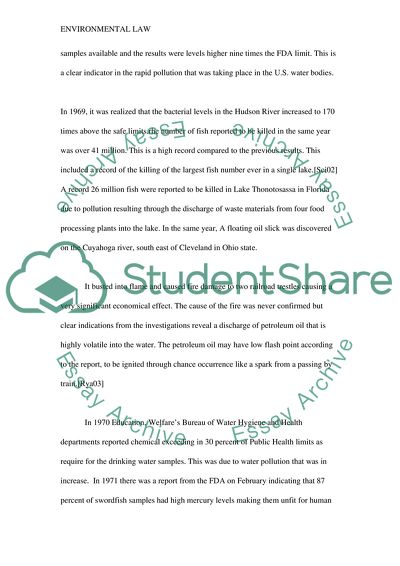Cite this document
(Environmental Law: The Clean Water Act Term Paper, n.d.)
Environmental Law: The Clean Water Act Term Paper. https://studentshare.org/law/1816333-environmental-law-the-clean-water-act
Environmental Law: The Clean Water Act Term Paper. https://studentshare.org/law/1816333-environmental-law-the-clean-water-act
(Environmental Law: The Clean Water Act Term Paper)
Environmental Law: The Clean Water Act Term Paper. https://studentshare.org/law/1816333-environmental-law-the-clean-water-act.
Environmental Law: The Clean Water Act Term Paper. https://studentshare.org/law/1816333-environmental-law-the-clean-water-act.
“Environmental Law: The Clean Water Act Term Paper”. https://studentshare.org/law/1816333-environmental-law-the-clean-water-act.


